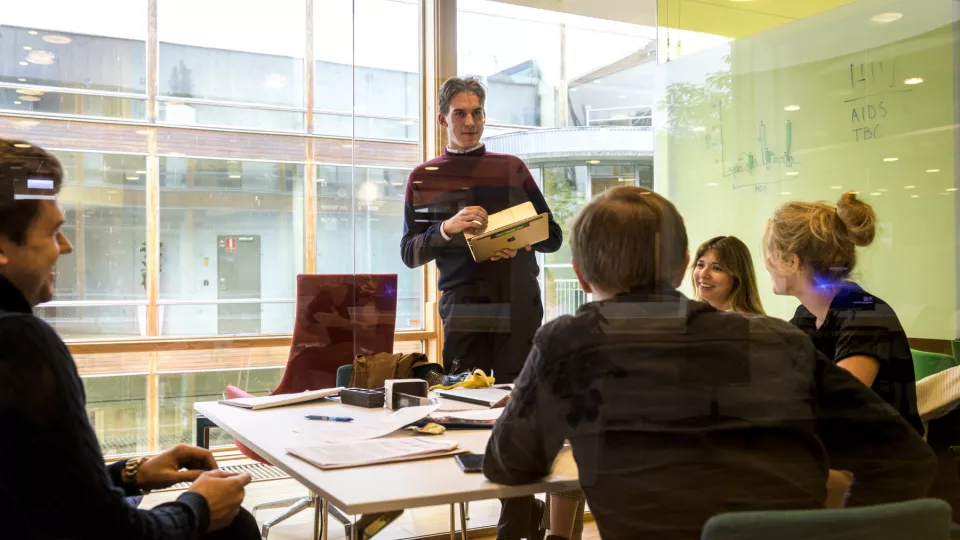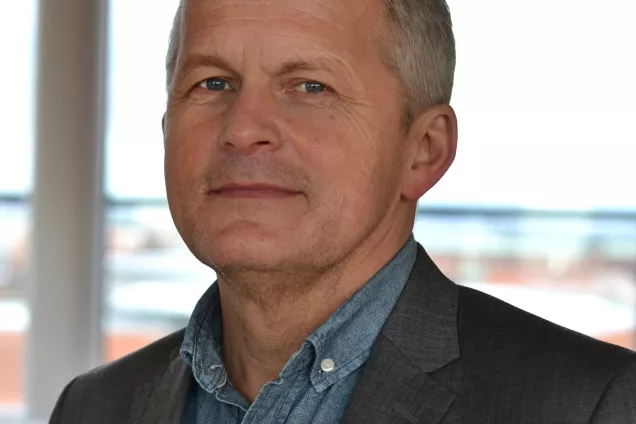What does a tutor do?
– The concept of a tutor is a rather unfortunate anglicism that can be translated as a supervisor. The term is primarily used in group teaching, such as in the preclinical terms of the Medical Program, where a lot is based on PBL (problem-based learning). A small group of students, often seven to eight, work in a very structured manner on a case under the supervision of a teacher, the tutor. During the first meeting, the students are given the case and structure their previous knowledge in the subject area and work towards study goals that will be answered at the next meeting one week later. At this second meeting, they discuss and present the results of their studies and what they have learned from lectures during the week, usually focusing on what they found difficult.
Who can become a tutor?
– Permanent teachers at the Medical Faculty can become tutors. Since the Medical Program is in Swedish, good knowledge of Swedish is required for it to work.
You, who have been a tutor for many years, tell us why it is fun and rewarding!
– For PBL to work well and be rewarding, the tutor's most important task is to create a good cooperative climate in the group. If this is achieved, it can be very inspiring to see the enormous development the students undergo, not only during a single week but also throughout the entire course. Sometimes, students may go off track and focus on things that are not central to the course. As a tutor, you then try to guide them back on the right track.
Why do you recommend others to take on the role of a tutor?
– It is a teaching method based on interactivity and communication. Classic lecture-based teaching is often quite one-way, but here, you are involved in the process and can follow the students' progress and challenges in a very concrete way. When it works, it is very inspiring.



